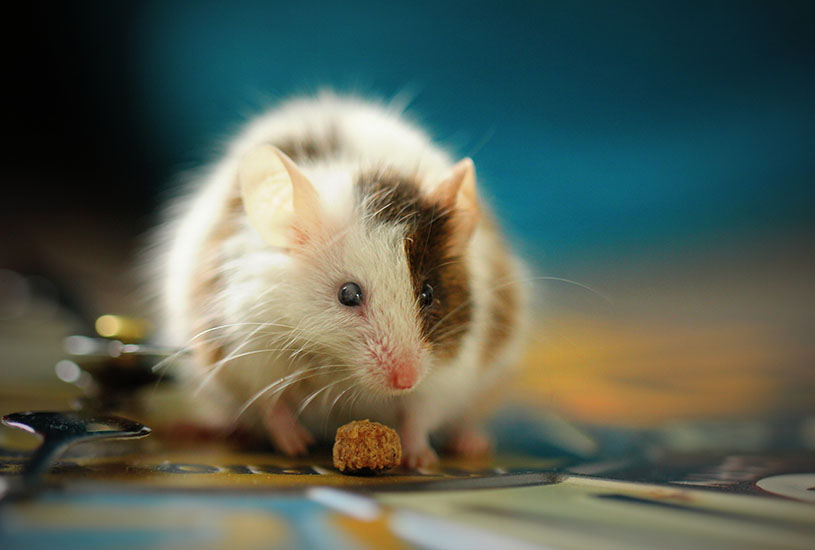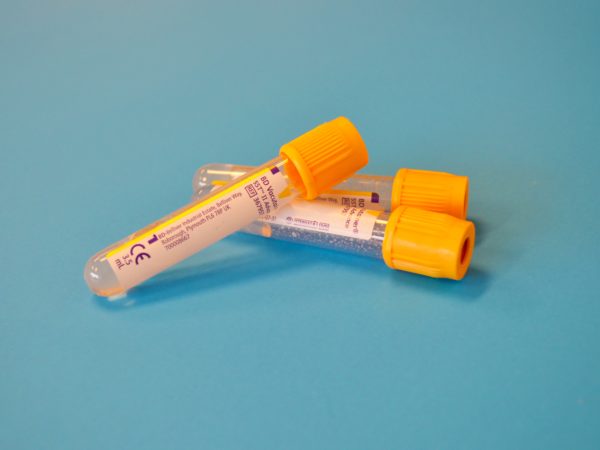How much do test results vary between different laboratories, and how much does it matter? It turns out that, “Quite a lot” is the answer to both questions.
In the world of medicine, much effort and expense is invested in standardising measurements across labs to ensure accurate diagnosis. After all, no one wants to be told by one lab that they have diabetes and by another that they are perfectly fine.
In the world of ecology, however, it has long been acknowledged that individual laboratories, interested in how and why animals behave the way they do, tend to run samples in slightly different ways, resulting in variations in results.
Just how much variation has now been quantified by researchers from Deakin University’s Centre for Integrative Ecology (CIE), an important outcome for studies that compare results across labs to gain insight into the function and evolution of different hormones in animals.
“Hormones control all aspects of animal behaviour, from reproduction to stress response and appetite control,” said lead researcher Dr Kerry Fanson, a behavioural endocrinologist with CIE and Lecturer in Zoology in Deakin’s School of Life and Environmental Sciences.
“In order to understand how animals have evolved and find evolutionary patterns across studies, we need to be able to compare hormone levels from different species.
“Our study provides the evidence that such comparisons must take into account the fact that different labs may measure very different levels from the same sample.”
“Inter-laboratory variation in corticosterone measurement: Implications for comparative ecological and evolutionary studies” published in “Methods in Ecology and Evolution” today compares results from 19 labs around the world on a standard set of samples.
The study found that different labs measured different levels of corticosterone – a hormone that plays an important role in stress response – in a standard set of samples with concentrations of corticosterone resembling those found in wild birds, varying from an undisturbed bird through to the levels expected in a bird being chased by a predator.
[testimonial_text]Our study provides the first direct assessment of just how much variation there is in measuring hormone levels across ecological labs[/testimonial_text]
[testimonial_picture name=”Dr Kerry Fanson” details=”Lecturer in Zoology”]
 [/testimonial_picture]
[/testimonial_picture]“We wanted to set out empirical data to show how much variability is there across labs, and how much it matters when using published data to examine how hormones have contributed to animal evolution. It matters quite a lot.”
During the study, samples of stripped chicken plasma were spiked with differing concentrations of corticosterone representing nearly 80 per cent of the reported corticosterone values in birds, both baseline and peak.
The samples were randomly ordered with regards to concentration and the participating laboratories were unaware of the concentration of each sample.
While individual labs measured the samples in the same rank order, the researchers found up to a 10-fold difference in the absolute measurements reported from different labs.
“This means a sample determined to be ‘baseline’ in one lab could be determined as ‘stressed’ in another lab,” Dr Fanson said.
“It poses problems when making comparisons across labs and can lead to misleading conclusions in literature unless lab variations are specifically controlled for during statistical analysis.”
Dr Fanson explained that lab results could vary due to different factors such as water quality and pH level and that the study results do not mean that individual studies are invalid.
“It’s when you try to compare measurements across different labs that the issues arise,” she said.
“It is important, because if we want to compare different species’ hormone levels we need to take this error into account, run the samples all in the same lab, or introduce standard samples to allow labs to accurately compare data.”
Published by Deakin Research 27 June 2017.



